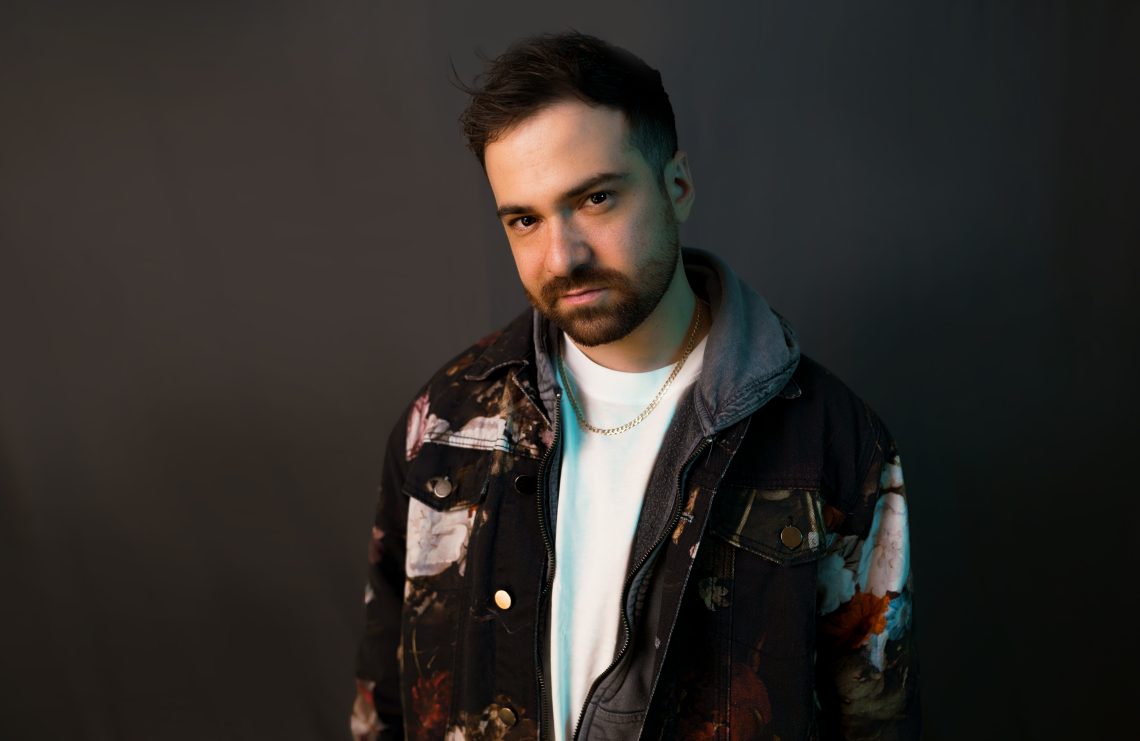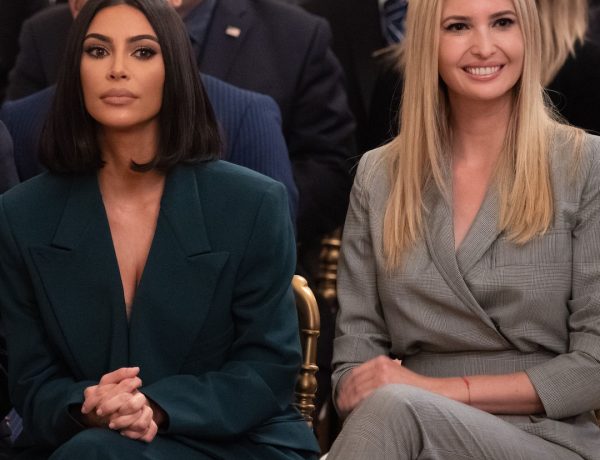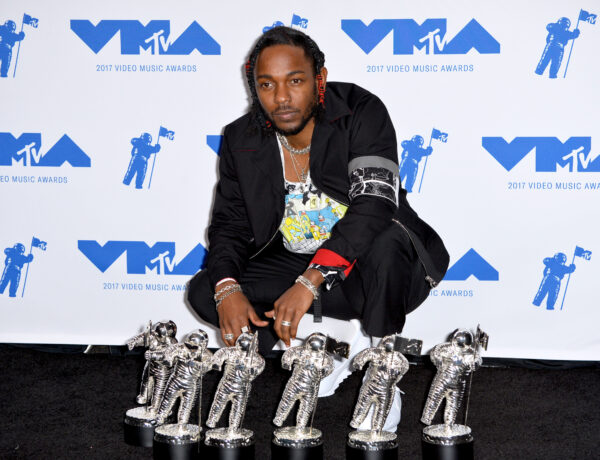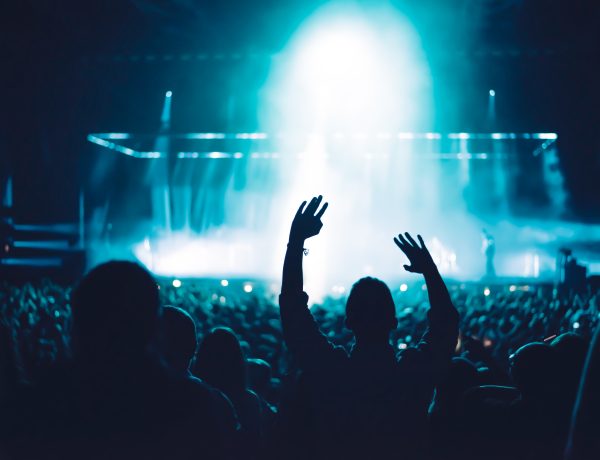With his single and music video, “Find a Way,” out now, we took some time to hear more from TATE SEDAR. Read below to learn more about TATE SEDAR, the story behind his single, and what’s to come.
Hi TATE SEDAR! Let’s start with how did you get your artist name?
It’s my full name. I went through the years trying different ones. Probably a favorite past one was “T8,” but it always felt a little juvenile. A lot of the artists that I love use their full names or an alias in the same format, and I also had a friend push the idea. So, that’s where I landed.
What city are you from and where are you based now?
I was born in San Francisco (the city, not outside of it). Now, I’m based in Hollywood, L.A.
At what point in your life did you decide to pursue a career in music? How did you get started?
Way, way back! I always wanted to sing. I was bursting out of my pipes and dancing since four. I wanted to be on American Idol, even did a bit of vocal training and thought I could be an artist/entertainer (dancing, etc.). But, when I was 10, my voice changed. I couldn’t sing or project like I used to. That’s when I found GarageBand. I’d stay in the Apple Store, playing on it while my family went shopping in S.F. There, I discovered this whole world right in front of me, and that I could have more than just singing in music. I also got into dance music right around the same time, so it all just played out easily.
Has your upbringing played a role in shaping who you are and defining your sound today? If so, how?
Absolutely. I was living in Potomac, Maryland when I discovered electronic music. There, everyone would go to the arcades, and I became engrossed with the game “Dance Dance Revolution.” I also found this old compilation called, “This is Ultimate Dance,” where I heard Daft Punk for the first time.
After Maryland, we moved to London and it was like giving a baby a bottle; I had exactly what I needed and was where I needed to be. London is a gateway for music, but also so integral to the history and culture of electronic music. There, I learned to DJ at Point Blank Music School at 13 and took production classes in high school. I really started to take things seriously when I was about 15, spending long nights learning to produce and getting little sleep in school. I then advanced that education in college (Syracuse University) with a degree in music business and kept teaching myself over the years.
How would you describe your sound to readers who may not be familiar with you?
I really like to meld digital and acoustic instruments together over electro beats and rhythms. If we’re talking genres, I’m in the realm of electro house/dance pop. But if you want to get more figurative – I just want to take anything and put a house beat on it. Guitars, mellotrons, lofi bells, Sylenth or Serum – I take anything and just put a dance groove on it: 120-130 BPM, that is.
Do you have any hobbies outside of music? What do you do to stay creative?
(Laughs) I’m laughing at the notion of having any free time. I put all my time into music. I’ve done video editing since I was 11 and graphic design since I was 13, but those are more aspects of my branding and career now than hobbies. I try to get out of the house once a day and enjoy running. I’m also a sucker for Adult Swim, Star Wars, and Marvel. Also, my newfound pandemic activity: roller-skating.
Who are some of your main musical influences?
[The] top 3 are: Michael Jackson, Afrojack, and Journey. I know, totally different. But, you kind of put them together and get me.
What are some of your future music career goals?
I want to get some originals signed on dance labels this year. Right now, I have a remix signed, but no originals signed. I wanted to put my last three projects out independently and always planned to get the next ones signed after. I’d like to start a US west coast tour probably next year. After an EP and hopefully a radio hit, I’d like to then come out with an album, but a very collaborative one. I have some big ambitions, but can’t tell everything just yet: you’ll have to wait and see! I’ll tell you one thing though (but, it’s not music): when I have the capital, I’d like to invest in my own clothing line.
Now onto your release, “Find a Way.” What inspired this song?
A lot of things. I revisited the track during the pandemic, starting it before college. As you can tell from the music video, a lot of my experience in becoming a producer was facing perfectionism and expectations to sound commercial, all while trying to balance life with music, school, and work (the work part isn’t mentioned though in the video).
What’s kind of cool about the track is that it sort of follows my own story in its format – a parallel structure. I started with the innocence of wanting to be a producer, not knowing what that entailed quite yet. There are sentiments of naïvety and childhood like this in the intro and first build. Then, in the first drop, it’s a very simple start just as my career started: melding rock influences, pop elements, and breakbeats (one of the first genres I ever spun on vinyl) together. The drop gets a little more complicated, just as my teenage and college years did, and that’s where we hit the breakdown, or the metaphorical “wall” in my career.
The wall was not so much one event, but several over time. I spent years and years trying to sound like my idols, but I also started taking production seriously in a time where there was just SoundCloud and YouTube – no masterclasses or credible education out there for advanced, professional production. And, that bred my perfectionism. I started “Find a Way” in 2012, then just ditched it. It felt too simple and unadventurous. Everything was also trying to be so inventive and non-homogenous in electronic music after 2013 that it killed my drive for those simple ideas.
You hear the refrain after the breakdown, and it’s a sense of repose – a realization. I realized that I lost my passion to learn, but I was never going to have a career if I didn’t just try to learn again. So I did, and that started just as things closed down in 2020 (the pandemic). That second build is representative of a learning process that took about a year and a half, to the point now where my productions sound professional, such as in “Heaven,” “All of Your Lovin’,” and remixes since 2021. I reopened “Find a Way,” which didn’t even have a vocal or name at the time. It resonated with friends and colleagues, and I thought I could update it with my refined skills. I also learned in my past 3 tracks and from a masterclass that I didn’t need to reinvent the wheel with my music: I just need to finish projects and try something new in sound design or production until perfectionism kicks in. Then, I stop and move on.
The second drop is a big finale, the climax in my story […so far]. It’s taking a little bit of everything that I love in music with the sensation of realization, to learn again, in the drop. It represents renewal and discovery, or what I uncovered when I overcame my shortcomings.
What is “Find a Way” about in your own words?
It’s about, as simple as it is: finding a way – in my own life. I was able to conquer those demons and accomplish what I set out on. But, what’s also important [about the track] is the mental health aspect, which is also shown visually in the video. The video shows my experience learning to produce while juggling different parts of coming of age and establishing responsibilities in life. There’s also a lot of expectation in becoming a producer that’s also a music artist. You learn theory, keyboard, composition, actual producing, sound design, recording, mixing, engineering, mastering – and then, after all that, try to figure out how to market it all into a business. At the same time I took production seriously, I was getting through high school, learning to socialize, trying to understand how to talk to girls, looking at colleges, and career goals – that plus learning to make music felt like a lot at 16.
We lost some big names in electronic music over the past few years: Avicii and Pierce Fulton to name a couple. And, when they left us, my struggle felt more apparent. Beyond production, I had to take my mental health seriously at 17 and consider real change in my career to not fall victim to my own limitations or depression. And, that’s when I started the phase of learning professional production in 2020. So really, even though this track is about a story, my life I guess, it’s also about deciding methods and ways to go about life: how do you achieve your goals and, in doing so, do we also have to tackle questions of the mind in that process?
How did the music video for “Find a Way” come about? What was your vision for the video?
The music video is the chronological events of my life following the parallel structure of the track. My vision was to share that as well as where I’m at now. We did lots of shots in San Francisco and L.A., with the L.A. ones capturing the present.
When Chris [Adams] and I started editing the video, we learned that, although he knew me on a personal level, he didn’t know my whole life in order. So, I had to go and order the basic timeline before he could touch it. It took a while, but it was better than just having them try it with notes and a storyboard, but not actually living it.
I also had to figure out how to incorporate the old camcorder and VHS footage into the video. What was hard about it was the selection process. Several years of tape – THAT took a while, and I even had to rush some picks as we got closer to the deadline. We also wanted to put those clips on the wall of the white cyc [studio], but, because of time constraints, we couldn’t. So, we laid them over the cyc footage with some vignettes and transparency; it kind of looked more unique that way – making it look like thoughts in my head vs. videos in a gallery.
The biggest hurdle was just trying to make it all cohesive: past, present, and future. But, I think we accomplished that: showing a life, but also the mental health part – the perfection and idealism that can plague an artist career, and how I got through it. I think one of the best parts of shooting, besides curating the home videos, was the shots in Echo Park. They just encapsulate that happiness and sense of enlightenment I’ve felt from accepting my past and finishing this project.
Can you tell us about the looks and fashion that went into this video?
I’ve always been into fashion, and been known for that since I was 13 (maybe sooner if you wanna talk about how my mom styled me). Los Angeles drastically changed my look at fashion when I went to school for a semester here in 2016. And after I moved back, it was only the past couple of years that I started to get intrigued with custom fashion. On a trip to Melrose, I was about to call it a day until I came across PopUpLA. There, I met the owner Steve and loved the collection. I found out he had sold to some high profile names like Halsey, Machine Gun Kelly, Avril Lavigne, Tory Lanez, and Alison Wonderland. I was enamored by all the different looks and possibilities from the owner and his colleagues Don, Julian & Art – some of the ideas I even thought of also in my head before, but now seeing created in real-life by like-minded creators.
I loved their clothes instantly as well as the culture there, mainly because Steve is a musician and the relationship between fashion and music is tight there. Once it came time to shoot the video, I did a bit of a shopping haul at the store and made 60-70% of my wardrobe out of what I bought. I also felt like those pieces were the best visual representation of who I am now. The video is a story of my past, but the present and future are told through clothing. The video is incomplete without the clothes. Their pieces are awesome; it’s special to have something one-of-a-kind and they also carry a solid vintage collection. I’m always excited to see what’s new there or how I can collaborate with them – maybe with clothing even in the future!
Website: https://www.thepopupshopla.com/
Instagram: https://www.instagram.com/thepopupshopla/
What message do you hope fans take away from your music and from “Find a Way?”
The message is that you can find a solution if you methodize, but also try not to ignore a) obstacles that you create, b) what can’t be controlled, and c) your mental health. I knew when we were filming this video that I had to get vulnerable – I can’t tell my life without showing the psychological stuff. It doesn’t make sense without it. And in doing so, it allowed me to talk about what I have felt strongly about for a while – that there is a conversation in production and entertainment about mental health. If I hadn’t taken up therapy or kept things the way they were going as a teenager, I don’t know if I’d be around. That goes for anybody that deals with mental issues or even Tim (Avicii) and Fulton. It’s something to keep talking about.
What’s one of your proudest moments of your music career so far?
One of the proudest moments I’d say was getting on the radio for the first time last year. My track “Heaven” got on My95.9 in Honolulu thanks to Bruce, the director. I think radio is just one of those traditional artist accomplishments that’ll make anyone feel great.
What would you say are the greatest lessons you’ve learned so far?
I’ve learned a couple major things, and some are more life than music-related. If I haven’t nailed this whole “‘find-a-way’-to-accomplish-things” idea, then I’ll reiterate it here one last time. I guess that’s the first lesson.
The second is kind of two-parted: keep your ear to the ground and be open to feedback. As I have learned in life and music, you need to research and look up what you can before making big decisions. It can be the smallest things from checking out a venue before you play there, getting a contract signed before a performance, or just ways to save money in music promotion. Being open to feedback ties into this because feedback/analysis includes outside opinions and information. It’s important to hear both engineering feedback and what the people like, and that can only be done from hearing non-industry heads and active research.
The last thing is more of a life thing: there is no need or obligation for anyone to be telling people how to live their lives or what they should be doing. You can give your thoughts to someone (if they’re open to it), but really it’s up to them if they want to make a change or not. This also goes with feedback: if someone doesn’t want it, then don’t give it; or if you don’t want it (maybe, for ex. you’ve exhausted every creative idea for a track and are just asking about engineering), you can politely decline. It’s a little bit of the golden rule mixed with empathy and thoughtfulness – knowing people are capable of coming to their own conclusions. I was only able to make changes in my life when I decided to; not when anybody else did – just me.
What’s next for you? Are you working on any upcoming projects that we should be on the lookout for?
I currently don’t have anything, at the moment, but I’m looking to put out a remix within the month. I also have some vocal tracks that I’m working on and am extremely excited for! Just check out my social media and you’ll be in the know!
Where can we follow you on social media?
https://tatesedarmusic.com/
https://www.instagram.com/tatesedarmusic/
Read more music press releases at ClichéMag.com
Image provided by TATE SEDAR




